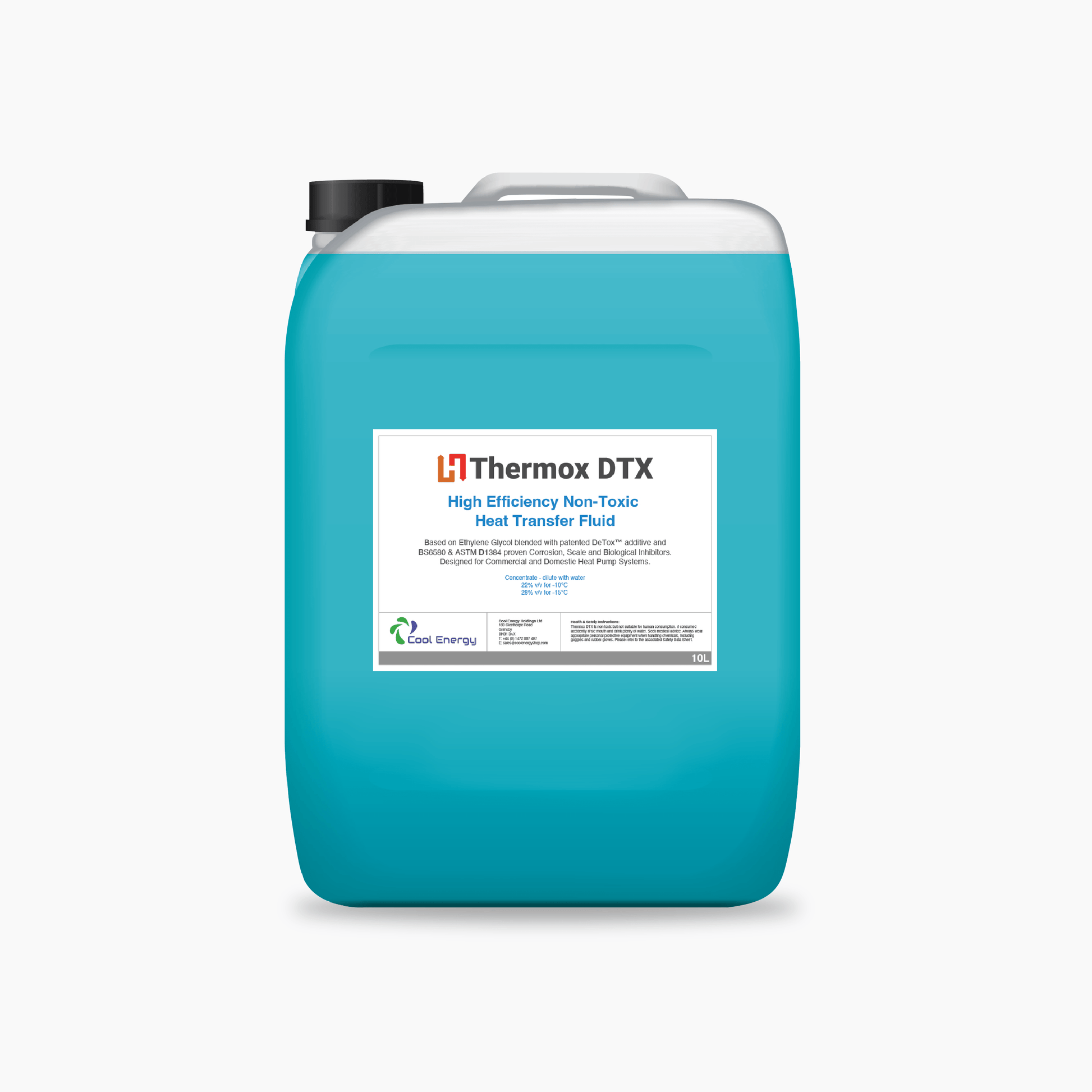Key Advantages of Using a High-Performance Heat Transfer Fluid
Key Advantages of Using a High-Performance Heat Transfer Fluid
Blog Article
Exactly How Heat Transfer Liquid Adds To Lasting and Economical Operations
In the modern-day industrial landscape, the function of warmth transfer liquids (HTFs) in advertising lasting and affordable procedures can not be overstated. These fluids are pivotal in optimizing thermal administration systems, consequently substantially boosting power performance and reducing operational costs. The environmental advantages of innovative HTFs, with their high thermal stability and low toxicity, are indisputable. They not only expand system longevity yet also add to the reduction of hazardous exhausts. The true possibility of HTFs is understood through the careful option process, making certain compatibility and safety and security. What elements should assist this critical option?
Recognizing Warm Transfer Liquids
In the realm of thermal monitoring, warmth transfer liquids (HTFs) function as vital agents for transferring thermal energy from one area to one more. These fluids play an essential function in different commercial applications, consisting of chemical processing, power generation, and heating and cooling systems. HTFs are specifically engineered to run within a large range of temperatures, successfully promoting the transfer of heat while maintaining a stable thermal profile. Their capacity to work under extreme conditions-- whether high temperature levels or cryogenic levels-- makes them crucial in environments demanding specific thermal control.
The structure of warm transfer liquids can differ significantly, including alternatives such as mineral oils, synthetic oils, glycols, and molten salts. Each type uses distinct benefits, such as boosted thermal stability, low thickness, and high boiling points, which are selected based upon certain functional needs. Additionally, the selection of HTF effects not only the performance of warm transfer yet additionally the durability and safety of the system in which it is utilized.
As markets remain to innovate, the growth of innovative HTFs, identified by their enhanced thermal conductivity and minimized ecological influence, is crucial for satisfying the demands of contemporary thermal administration obstacles.

Enhancing Power Efficiency

Improving energy efficiency has come to be an extremely important worry across different markets, prompting a closer assessment of warm transfer liquids' function in maximizing thermal monitoring systems. These liquids are important to maintaining the wanted temperature in procedures, consequently reducing power waste and boosting total system effectiveness. By choosing a proper heat transfer fluid, markets can considerably enhance their power efficiency, resulting in decreased energy consumption.

Advanced solutions of warmth transfer liquids have actually been established to endure extreme temperature levels while keeping security and effectiveness. Enhancing power effectiveness via optimum heat transfer liquid choice is not just a technological necessity but additionally have a peek at this website an ecological vital.
Reducing Operational Expenses
Operational prices are a considerable factor to consider for industries looking for to preserve affordable advantage, and the option of warm transfer liquid plays a crucial duty in price administration. Choosing an ideal heat transfer fluid can result in considerable expense financial savings by boosting system efficiency and minimizing power usage. High-performance fluids reduce thermal destruction, which subsequently minimizes the frequency of fluid substitute and downtime connected with upkeep, therefore decreasing functional costs.
Furthermore, heat transfer fluids with remarkable thermal stability and corrosion resistance expand the life-span of devices. This lowers the demand for regular repair services and substitutes, which can be pricey and disruptive to operations. By investing in high-quality liquids, sectors can achieve long-term decreases in upkeep costs and enhance the integrity of their systems.
In addition, progressed warm transfer fluids commonly display reduced thickness at operating temperature levels, which enhances pump performance and lowers power use in liquid blood circulation. Many modern warm transfer liquids are crafted to operate effectively over a large temperature variety, reducing the demand for several fluid types, consequently streamlining stock demands and minimizing linked prices.
Ecological Effect Reduction
The push in the direction of decreasing environmental effect has gotten momentum in markets leveraging heat transfer liquids. Business are progressively recognizing the significance of minimizing ecological impacts by taking on lasting practices. Warmth transfer liquids (HTFs) play a critical role in this transition, offering chances to improve power effectiveness and see here now minimize exhausts. By picking HTFs with high thermal stability and reduced poisoning, sectors can make certain very little leakage and deterioration, thus reducing damaging environmental releases.
Additionally, making use of sophisticated warmth transfer fluids adds to improved system efficiency, reducing the overall power intake. This decrease not only causes cost savings however additionally lowers co2 exhausts, assisting in the battle against climate change. Liquids that are eco-friendly and recyclable additionally enhance sustainability initiatives, as they lessen waste and advertise circular economy methods.
In addition, integrating HTFs right into closed-loop systems protects against fluid loss and contamination of the surrounding environment. This approach makes sure that fluids are recycled, minimizing the need for new sources and limiting waste generation. By embracing these eco mindful methods, sectors can dramatically reduce their environmental effect while keeping high functional effectiveness, straightening with international sustainability goals and regulative requirements.
Choosing the Right HTF
Choosing the appropriate heat transfer liquid (HTF) is an important step in progressing ecological sustainability within industrial processes - heat transfer fluid. An excellent HTF must have a high thermal ability, low thickness, and high thermal conductivity to make certain effective warmth transfer.
This makes certain durability and decreases maintenance prices. The fluid ought to be safe and biodegradable, minimizing its environmental impact and making certain click this site compliance with ecological laws.
Verdict

Report this page